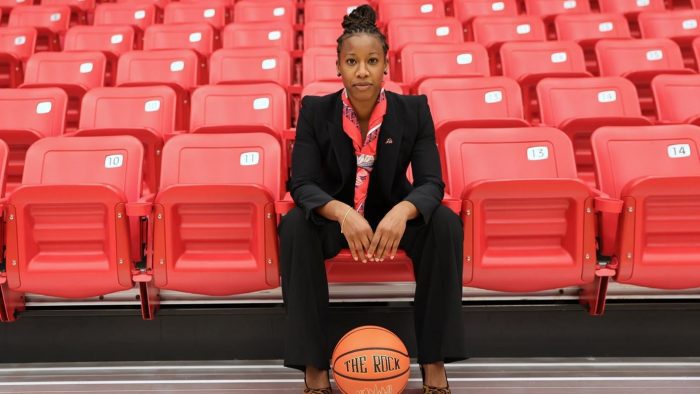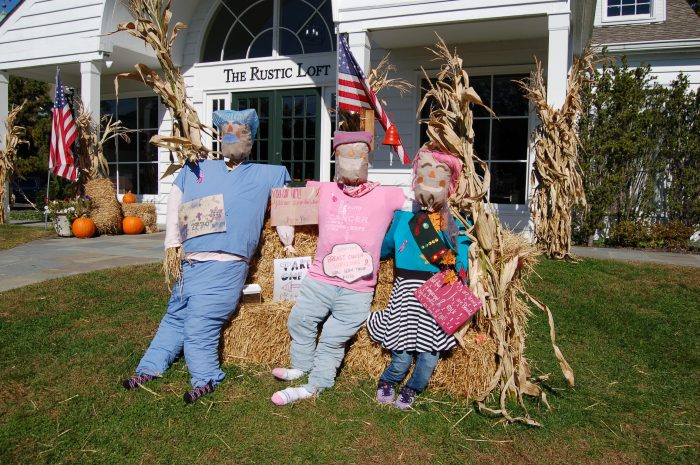December 1st, 2023 marks the 50th anniversary of the founding of the Cinema Arts Centre (CAC). To celebrate the milestone anniversary, the Huntington cinema will introduce a new series, CAC Through the Decades. The series will commemorate each decade that the Cinema Arts Centre has been in operation by presenting special screenings of some of the most important and popular films shown at CAC throughout its history.
The cinema was founded by Founded by Vic Skolnick, Charlotte Sky and Dylan Skolnick December 1st 1973 as the New Community Cinema – later changing its name to the Cinema Arts Centre following a move into the Town of Huntington’s John J. Flanagan Center.
Co-Founders Vic Skolnick and Charlotte Sky, with their son Dylan, were passionate organizers who sought to bring Long Islanders together to create a movement around film culture that would eventually help shape and define the very character of our area, now renowned as a cultural destination and an arts-rich community.

Long-time supporters of the Cinema often reminisce about the “sheet-on-the-wall” days, when films were projected from a borrowed projector in a friend’s dance studio. From those early days, the Cinema Arts Centre has expanded into a state-of-the art theater with film and digital projection capabilities, newly renovated theaters, and a multi-use space called the Sky Room Café.
Today, the Cinema Arts Centre presents approximately 400 special screenings and events a year, along with a full slate of new release first-run features. Regular special programming includes film and discussion programs with film historians, directors, and critics, silent films with a live score, historically significant classics, international cinema, educational lectures, classes and workshops, live music, open mic nights, as well as weekly screenings of cult and family favorites.
CAC Through the Decades will launch on Oct. 6 with a screening of Greta Gerwig’s award-winning coming-of-age comedy/drama Ladybird which will represent the 2010s. The 2000s will be represented by a screening of Guillermo del Toro’s Pan’s Labyrinth on Oct. 10, the 1990s with a screening of the Coen Brother’s The Big Lebowski on Nov. 3, and the 1980s with a screening of Spike Lee’s Do The Right Thing on Nov. 17. Each screening will include a reception with fundraising raffles and other fun activities.
The series will culminate on Dec. 1 with a special celebration that will span the entirety of the Cinema Arts Centre’s space, including its three theaters, each of which will play an iconic and celebrated film shown at the Cinema during its early days in the 1970s.
Audience members will have the opportunity to attend one of three film screenings — Francis Ford Coppola’s The Godfather, Robert Altman’s Nashville, or Robert Rossen’s Lilith — which was the first film ever screened by the Cinema Arts Centre. Following the screenings on Dec. 1, the Cinema will hold an anniversary party and reception featuring live music, hors d’oeuvres, and even a film projected on a sheet on the wall as a call back to the Cinema’s early days.
The films featured in the series were selected, and voted on by close Cinema Arts Centre supporters, staff members, a committee of dedicated volunteers, and the CAC Board of Directors.
Tickets to the Oct. 6, Oct. 20, Nov. 3 and Nov. 17 screenings are $22, $15 members; tickets to the Dec. 1 event are $40, $30 members. You can purchase tickets to these and other events, and find more information about how to support the Cinema Arts Centre at www.cinemaartscentre.org.



















